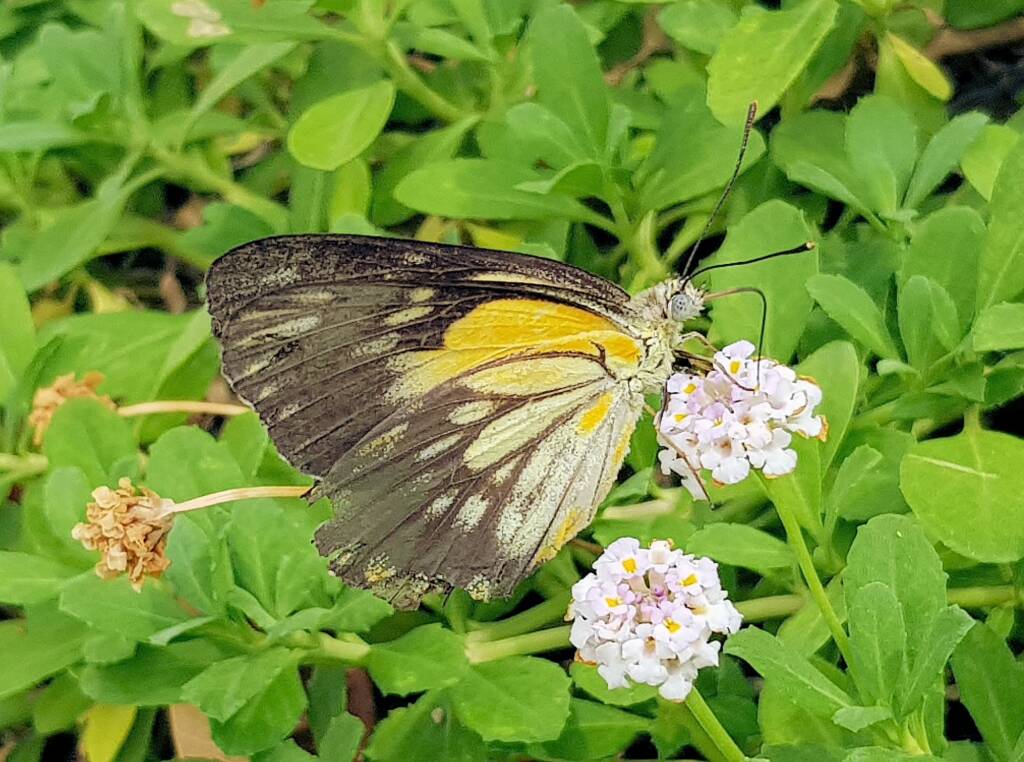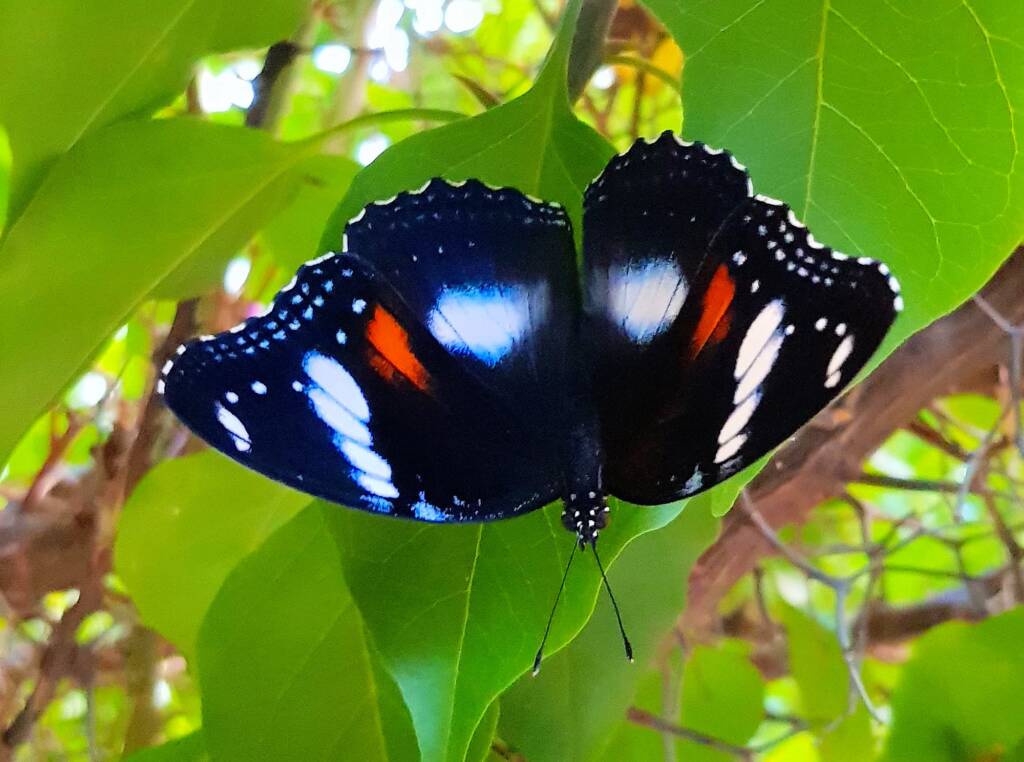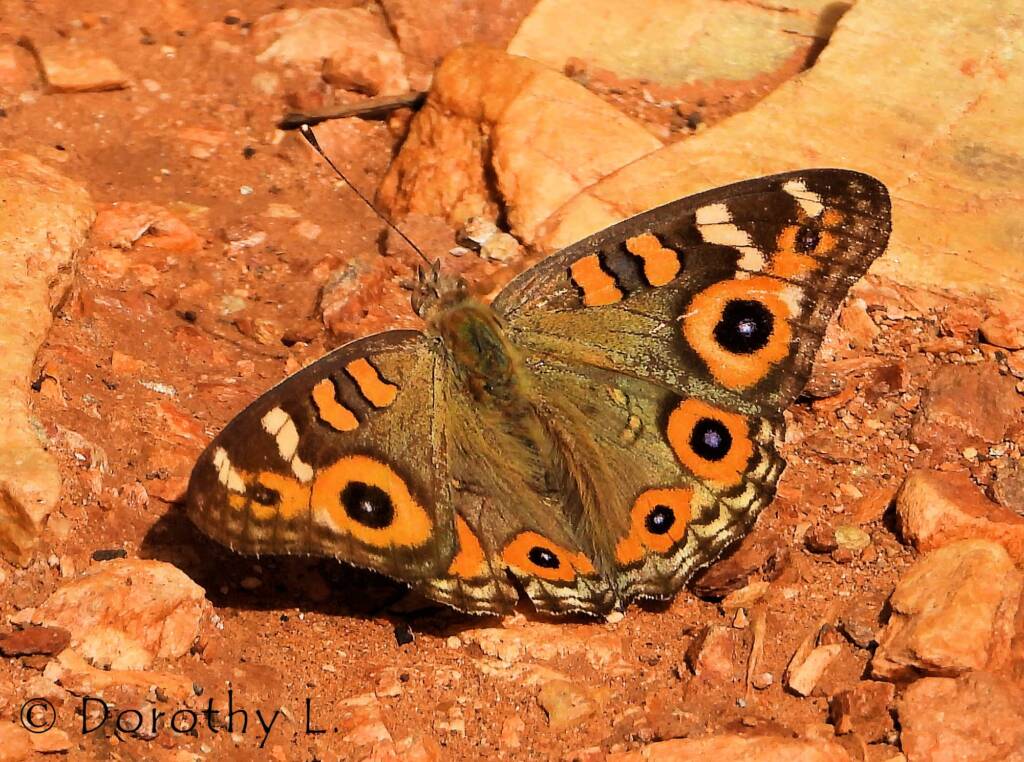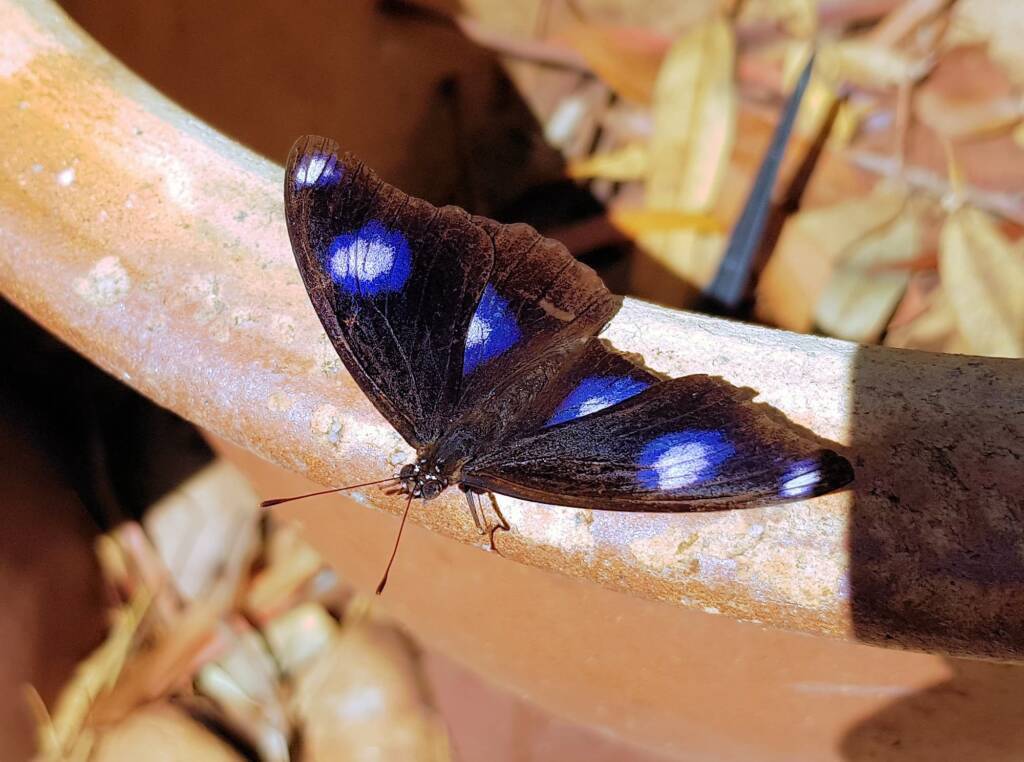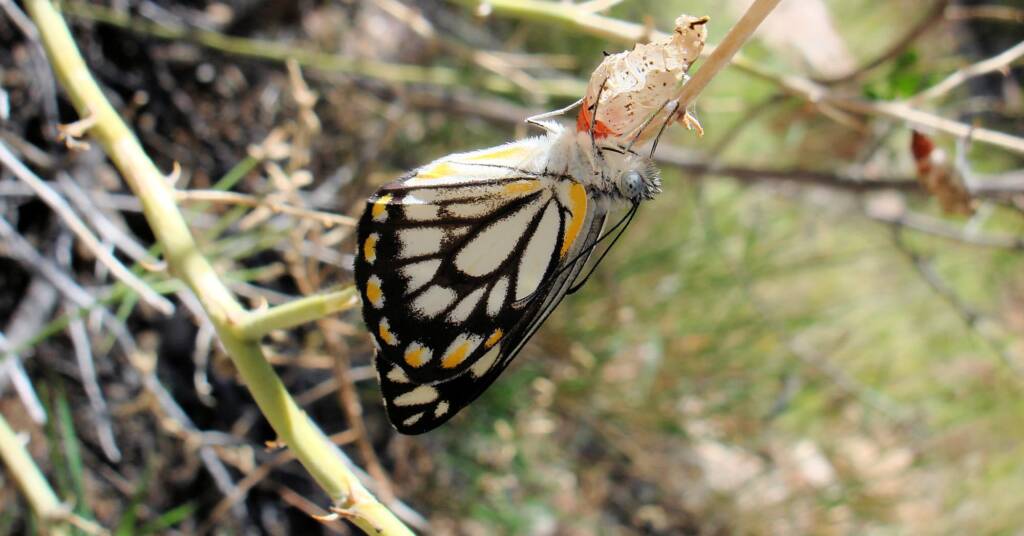Butterflies, moths, and skippers belong to the order Lepidoptera and are some of the most conspicuous and familiar insects. Compared to the more then 10,000 Australian species of moths, there are just over 400 species of butterflies. It is estimated that there are many more yet to be recognised species in the order Lepidoptera.
Check out some of the genus/species listed, and come back as we add more over time… “what a wonderful world… we live in…”
ButterfliesAcraea andromacha Caper White Butterfly Chequered Swallowtail Butterfly Common Eggfly Butterfly Meadow Argus Orchard Swallowtail Butterfly Yellow Palm Dart
— see Moths ◦
The name Lepidoptera describes the wings of this order, ‘lepido‘ meaning scaly, and ‘ptera‘ refer to the wings. The mouth parts of the adult of the species (when present) are generally tubular, and are adapted for taking in liquids such as the nectar from flowers. Adults usually have two pairs of wings.1
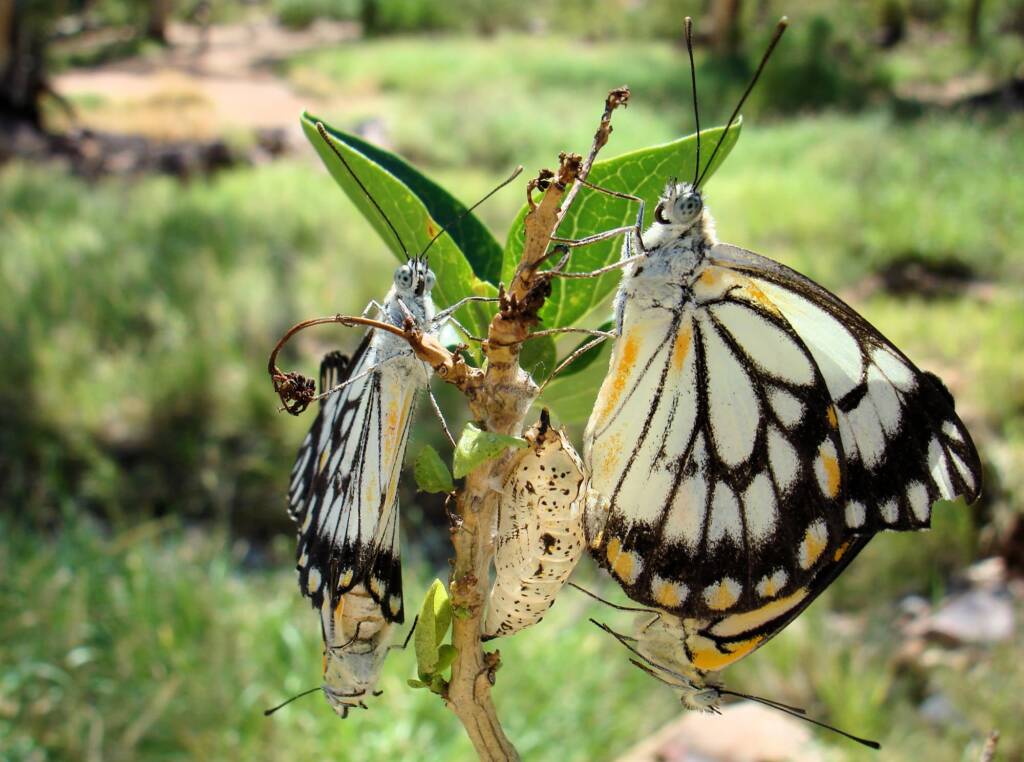
Butterflies go through a number of stages, before you recognised them as butterflies. This includes the larvae (often referred to as ‘caterpillars’), and the pupal stage (the stage between the larval and adult stages).
Butterflies and moths have a number of differences, although there are exceptions to the rules. The main differences include:
- Butterflies are active during the day, whilst moths are active at night (although there are plenty of moths that you may see or stumble across during the day).
- Butterflies have knobs at the end of their antennae; moths have antennae without knobs at the end.
- Butterflies are usually brightly coloured; moths are usually dull.
- Butterflies rest with their wings held vertically; moths rest with their wings flat (there are some moths that are mistaken for butterflies).
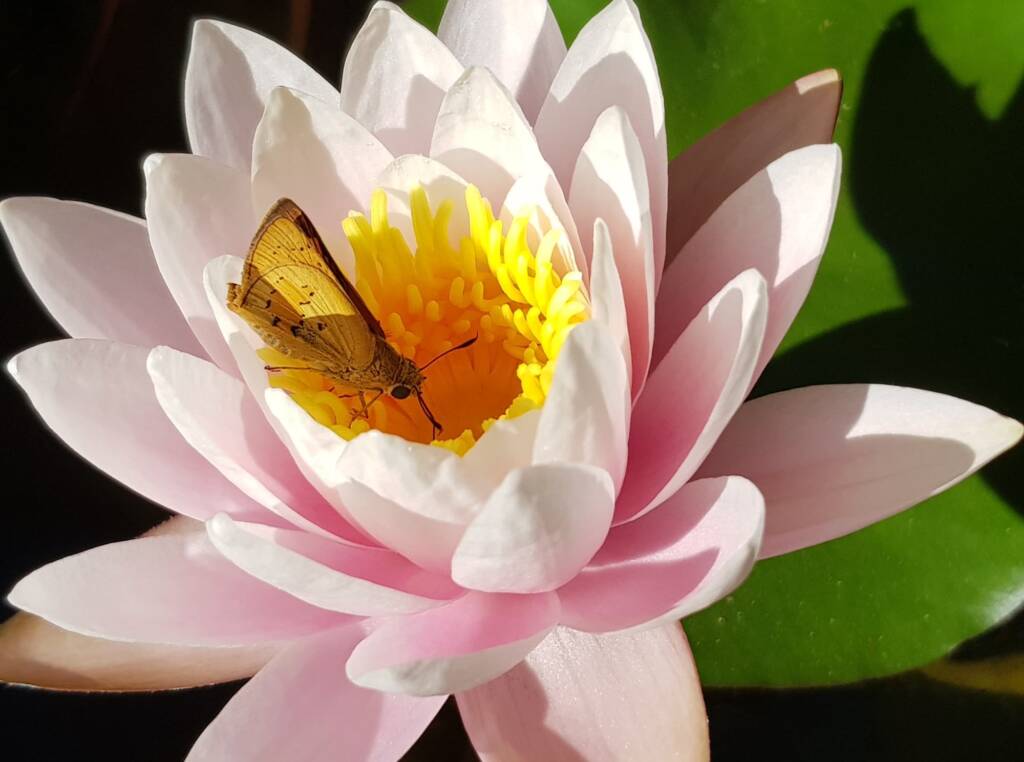
The following Day Flying Moth is often mistaken for a butterfly.

- Scientific classification
- Kingdom: Animalia
- Phylum: Arthropoda
- Class: Insecta
- Order: Lepidoptera
- Suborder: Rhopalocera
- Subgroups:
- Superfamily Hedyloidea: Hedylidae
- Superfamily Papilionoidea: Hesperiidae
- Lycaenidae
- Nymphalidae
- Papilionidae
- Pieridae
- Riodinidae
Footnote & References
- Moths, butterflies and skippers: Order Lepidoptera, Australian Museum, https://australian.museum/learn/animals/insects/moths-butterflies-and-skippers-order-lepidoptera/
- What are the differences between butterflies and moths? Australian Museum, https://australian.museum/learn/animals/insects/what-are-the-differences-between-butterflies-and-moths/
- Butterflies Australia, https://www.butterflies.org.au/
- Australian Butterflies © Martin Purvis, https://www.purvision.com/
- Butterflies of Australia, Australian Caterpillars and their Butterflies and Moths, Coffs Harbour Butterfly House, http://lepidoptera.butterflyhouse.com.au/butter.html
- Australian Butterfly Sanctuary, https://australianbutterflies.com/
- Butterfly, https://en.wikipedia.org/wiki/Butterfly (last visited Feb. 13, 2022)
- BOIC, Butterfly & Other Invertebrates Club, https://boic.org.au/
ButterfliesAcraea andromacha Caper White Butterfly Chequered Swallowtail Butterfly Common Eggfly Butterfly Meadow Argus Orchard Swallowtail Butterfly Yellow Palm Dart
InsectsBees Beetles Blattodea Butterflies Coleoptera Cicada Crabronidae Diptera Dragonflies & Damselflies Formicidae Hemiptera Heteroptera (True Bugs) Mango Planthopper Moths Orthoptera Orthopteroid Processionary Caterpillar Stink Bugs, Shield Bugs and Allies Syrphidae Wasps Water Scorpion (Laccotrephes tristis) Witchetty Grub

